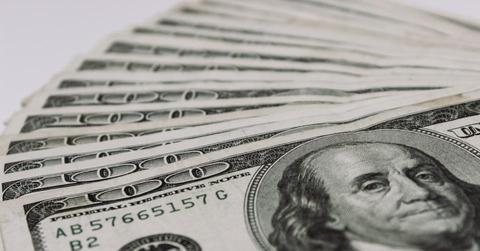How To Invest Like A Billionaire

Once a year, in early spring, 40,000 people travel to see the performance of the year. Nope, not Coachella. It’s thousands of shareholders of Berkshire Hathaway making a trip to Omaha to hear their CEO, Warren Buffet speak.
If you don’t know anything about Warren Buffet – he is undoubtedly one of the most successful investors in the world, and one of the wealthiest humans alive.
At the same time, he is also super modest, lives relatively simply and sees the world from the perspective of an average American.
While obviously a big believer in capitalism and the free market, he is also a skeptic as to how efficient it is at distributing wealth. This year, in response to criticisms of the economic system, he argued that instead of killing the golden goose, we should get it to lay more eggs and distribute them better.
Interestingly, Buffet pushed back against many of his peers in the investment industry. While Buffet makes money by buying real companies with real products, and investing in businesses that he understands, many of his peers make money off of investors themselves.
Hedge funds, in particular, make money by charging fees on the money clients invest as well as a commission on their gains. The standard fee is a “2 and 20,” which is 2 percent of the amount a client has invested (per year) and 20 percent of any gain they earn (per year). These are massive fees, and often times these funds have a hard time beating the market, especially after these fees are taken into account.
Buffett sums this disparity nicely by saying, “There’s been far, far, far more money made by people in Wall Street through salesmanship abilities than through investment abilities.”
That’s why, after Mr. Buffet’s death, any personal cash that is uninvested will be invested in low cost index funds. As he says, “You just have to sit back and let American industry do its job for you.”
Two great rules to remember to #BeLikeBuffett (1) invest in what you know (2) don’t save what’s left over after spending, spend what’s left over after saving!





